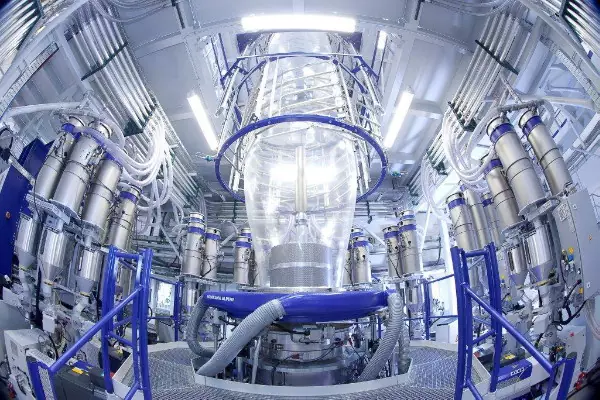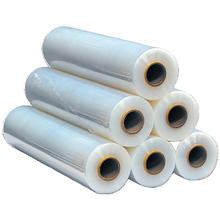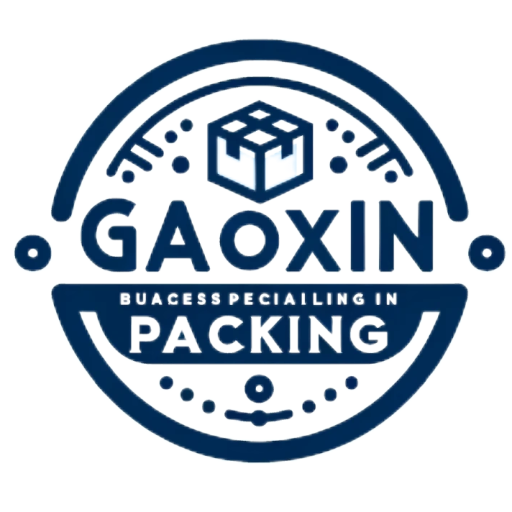Stretch wrap cast vs blown, also known as stretch film, is a vital component in the packaging industry. Made primarily from Linear Low Density Polyethylene (LLDPE), stretch wrap helps protect products from damage and loss during shipping and storage. This article explores the two main types of stretch wrap: cast and blown. We will delve into their manufacturing processes, benefits, and the differences between them to help you decide which is best for your packaging needs.
How Is Cast Stretch Wrap Made?
Cast stretch wrap is produced using a cast extrusion process. In this process, granular resin is fed into a heated screw barrel where it melts. The molten resin is then pushed through a flat narrow slot, called a die, creating a thin sheet of film. This film is rapidly cooled and solidified by passing over chilled rollers. The speed at which the film is pulled and the die’s dimensions determine the film’s thickness and width.
Benefits of Cast Stretch Film:
- High transparency and a glossy appearance
- High tear and puncture resistance
- Consistent thickness across the film
- Quiet during unwinding
- Consistent cling properties

How Is Blown Stretch Wrap Made?
Blown stretch wrap is created using a blown extrusion process. Similar to the cast process, granular resin is melted in a heated screw barrel. The melted resin is then blown through a circular die, forming a bubble. The amount of air blown into the bubble determines the film’s width and thickness. This film is slowly cooled, resulting in a hazy and dull appearance.
Benefits of Blown Stretch Film:
- Extremely high tear and puncture resistance
- Durable and tough for increased protection
- Produces less manufacturing scrap
- High level of cling

Differences Between Cast Stretch Wrap and Blown Stretch Wrap
Understanding the differences between these two types of stretch wrap can help you choose the right one for your needs.
| Feature | Cast Stretch Film | Blown Stretch Film |
|---|---|---|
| Cooling Process | Fast | Slow |
| Appearance | Very Clear & Glossy | Hazy & Dull |
| Puncture/Tear Resistance | High | Very High |
| Stretch Resistance | Moderate | High |
| Unwind Noise | Low | High |
| Resin Molecule Alignment | Linear | Random |
| Cling | Consistent | High Level |
| Durability | Moderate | Very High |
Environmental Impact: PCW Stretch Wrap
Both cast and blown stretch wraps can incorporate Post Consumer Waste (PCW). PCW involves recycling plastic waste that has served its original purpose into new products. This practice significantly reduces landfill waste and environmental pollution. Choosing stretch wrap with PCW content can enhance your company’s sustainability efforts.
For more information on eco-friendly packaging solutions, check out this resource and this guide on sustainable packaging.
Conclusion: Which Stretch Wrap is Better?
Choosing between cast and blown stretch wrap depends on your specific packaging needs. Cast stretch wrap, with its high clarity and moderate durability, is ideal for lighter products and pallet loads that require visibility for scanning labels. In contrast, blown stretch wrap offers superior durability and puncture resistance, making it suitable for heavier loads and sharp-edged products.
Most organizations prefer cast wrap due to its versatility, but blown wrap is indispensable for tougher packaging requirements. Evaluate your specific needs to determine the best option for your application.
Stretch Wrap Solutions
If you need stretch wrap for your organization, contact GaoXinPack to request a free sample or discuss your requirements. Our expert team will help you find the perfect solution for your packaging needs.
This article aimed to provide a clear understanding of the differences and benefits of cast and blown stretch wrap. By considering the unique characteristics of each, you can make an informed decision that ensures your products are well-protected during shipping and storage.
For additional resources on stretch wrap cast vs blown, you can also visit this packaging blog and this detailed guide on stretch wrap.



